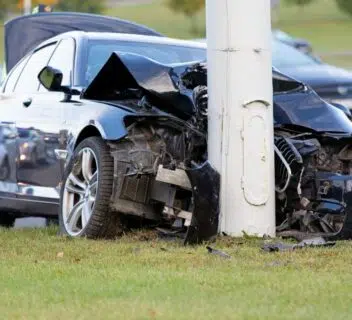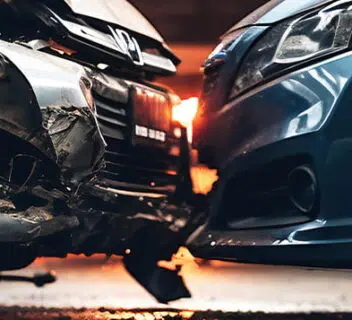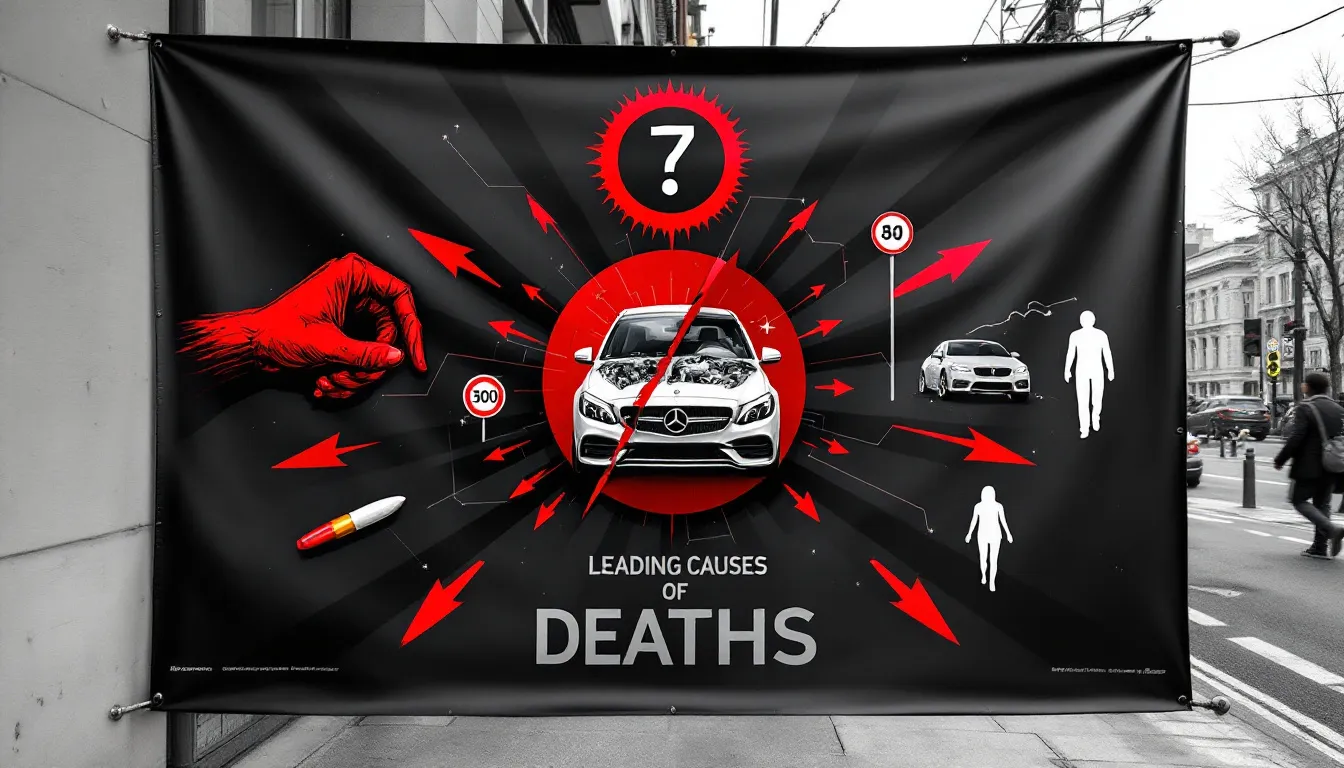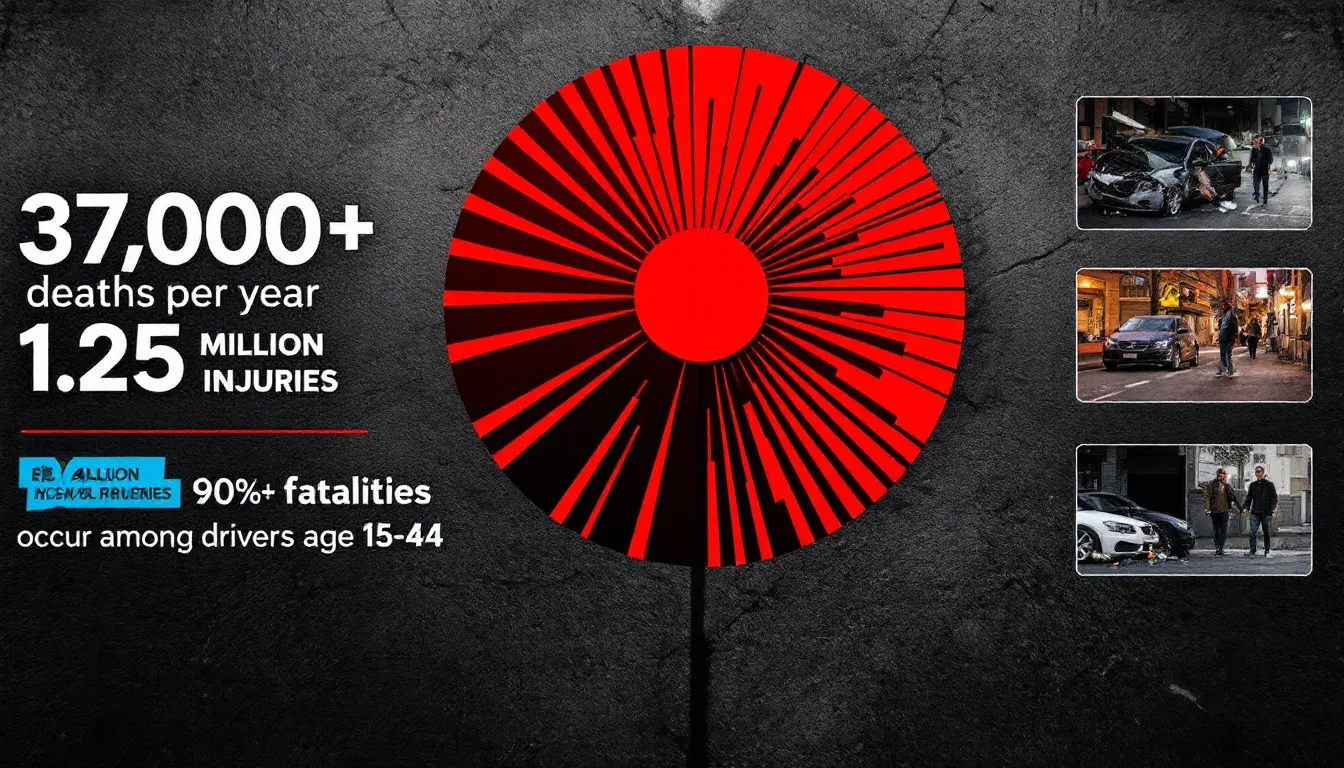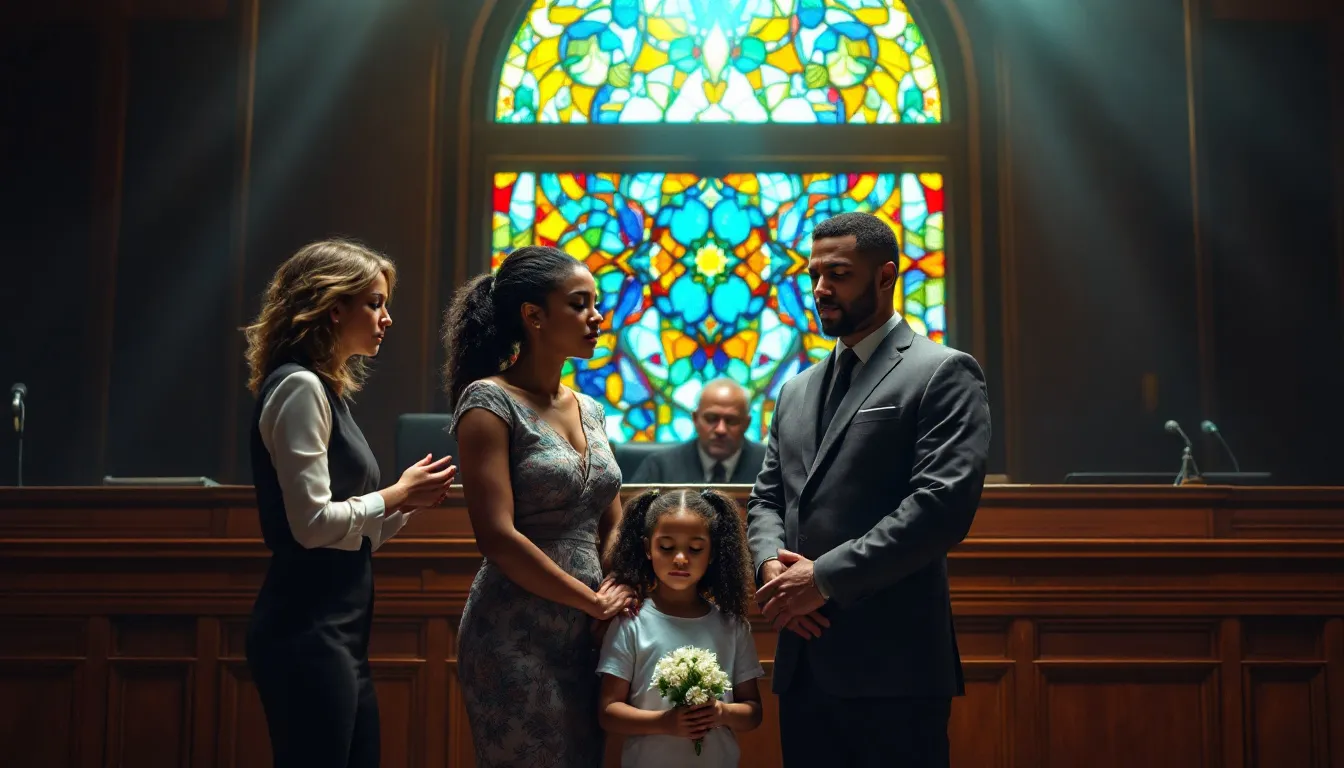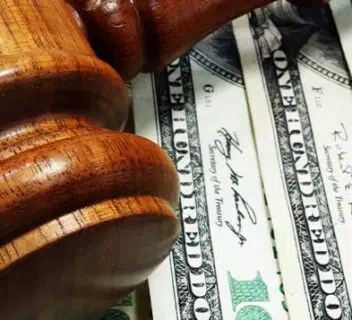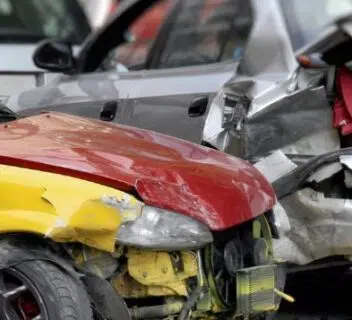Being involved in a car accident caused by a drunk driver is a traumatic and stressful experience. Knowing what steps to take immediately after the accident is crucial for your safety and any future legal claims. This article covers the essential actions to take, how to gather evidence, understand fault, and navigate legal processes for settlement. Read on to learn how to protect yourself and your rights effectively.
Key Takeaways
- Immediate actions after a drunk driving accident, such as calling 911 and gathering evidence, are critical for health and legal outcomes.
- Establishing fault and proving negligence are essential steps in securing compensation from a drunk driving accident, which may involve comparative negligence considerations.
- Hiring an experienced attorney is vital for effectively navigating the legal process, negotiating with insurance companies, and maximizing settlement amounts.
Immediate Steps to Take After a Drunk Driver Accident

In the aftermath of a drunk driving accident, ensuring your safety and effectively documenting the event is crucial for both your well-being and any legal proceedings that may follow. It is imperative to act swiftly by securing yourself, contacting emergency services via 911, thoroughly recording details at the scene, and promptly obtaining medical care.
These initial measures not only place emphasis on preserving your health, but also lay an essential groundwork for pursuing any judicial claims. The steps taken right after a drunk driving incident can greatly influence how successfully you navigate through the resultant legal landscape, including addressing the drunk driver’s legal implications and financial responsibilities.
Call 911 Immediately
Immediately dialing 911 following a drunk driving accident is essential. This call activates emergency services and initiates the official record-keeping process. On arrival, law enforcement will evaluate the circumstances and produce an official account of the incident.
The report compiled by police will capture specifics such as the driver’s identity, their driver’s license number, and insurance details. Administered field sobriety tests along with blood alcohol content measurements taken at the crash site can prove to be vital in prosecuting the intoxicated motorist in both civil litigation and criminal proceedings.
By reaching out to 911 without delay, one ensures prompt medical help while starting off an indispensable procedure for gathering evidence and compiling documentation critical in addressing cases of drunk driving. This documentation is crucial for establishing liability and holding the at-fault party accountable in insurance claims and legal proceedings.
Exchange Insurance and Contact Information
Exchanging insurance and contact information with the other parties involved in the accident is a crucial step in the process. This information will be necessary for filing a claim with the at-fault driver’s insurance company and for any potential legal action. Be sure to obtain the following information:
- The at-fault driver’s full name, driver’s license number, and license plate number
- The at-fault driver’s car insurance details, including the name of the insurance company and the policy number
- The names and contact information of any witnesses to the accident
- The names and contact information of any passengers in the at-fault driver’s vehicle
It’s also a good idea to take photos of the accident scene, including any damage to vehicles or property, as well as any visible injuries. This documentation can be helpful in supporting your claim and demonstrating the severity of the accident.
Gather Evidence at the Accident Scene
While waiting for emergency services, gather as much evidence as possible. Take photos and videos of the accident scene, the vehicles involved, and any visible injuries. Collect witness statements and their contact information.
This evidence will be invaluable when filing a personal injury claim or negotiating a settlement. The police report will serve as official documentation of the incident.
Meticulous documentation strengthens your case and provides a solid foundation for your claims.
Seek Medical Attention
It is imperative to obtain medical care without delay, even if you initially sense no discomfort. There are instances where certain injuries do not present symptoms immediately but may emerge subsequently. Swift action in seeking medical help secures your well-being and produces a documented account of any harm incurred, which is vital for potential insurance claims.
Insurance claim adjusters might take advantage of any postponements in securing medical treatment as a tactic to minimize the gravity of injuries. By consulting with a healthcare professional promptly, you safeguard both your physical health and your legal entitlements to equitable compensation from your insurance coverage.
Understanding Fault and Liability in Drunk Driving Accidents

Ascertaining responsibility and accountability in incidents involving drunk driving is essential for obtaining damages. Typically, the driver under the influence of alcohol is deemed to be at fault. Legal confirmation necessitates thorough records and proof that establish an explicit connection between the driver’s impaired state and the occurrence of the collision when pinpointing who is liable.
This portion delves into intricacies concerning demonstrating carelessness as well as understanding comparative negligence—all significant factors impacting personal injury claims adjudication and resolution outcomes. Victims of drunk driving accidents have the legal option to file a personal injury lawsuit against the at-fault driver to seek compensation, which requires proving negligence and the responsibilities of the driver involved.
Proving Negligence of the Drunk Driver
To establish the negligence of a drunk driver, it must be demonstrated that the driver had a responsibility to act safely, violated this obligation by operating a vehicle under the influence, and as a result, caused harm. Critical pieces of evidence for such claims include sobriety test results and images taken at the scene of the accident. Testimonies from those who witnessed events can offer extra insights and bolster assertions concerning drivers impaired by alcohol.
Affirming negligent behavior on part of drunk drivers streamlines the process of obtaining damages and fortifies your position within both civil lawsuits and criminal prosecutions.
Comparative Negligence Considerations
The concept of comparative negligence plays a crucial role in determining your potential compensation, as it may decrease the settlement proportionally to your level of fault. Grasping this legal doctrine is essential since it directly affects the monetary resolution of your case.
Despite bearing a portion of responsibility, you remain entitled to seek damages. Be prepared for possible modification in the final sum reflecting any contributory blame on your part.
Understanding Your Rights and Options
If you’ve been involved in a drunk driving accident, it’s essential to understand your rights and options. You may be entitled to compensation for your injuries, medical expenses, lost wages, and other damages. Here are some key things to keep in mind:
- You have the right to file a personal injury claim against the at-fault driver’s insurance company.
- You may be entitled to punitive damages, which are designed to punish the at-fault driver for their reckless behavior.
- You may be able to file a claim against the at-fault driver’s employer, if they were driving a company vehicle at the time of the accident.
- You may be able to file a claim against the establishment that served the at-fault driver, if they were over-served or served while visibly intoxicated.
It’s also important to understand the statute of limitations for filing a claim in your state. This is the time limit within which you must file a claim, or you may be barred from seeking compensation.
In addition to filing a claim, you may also want to consider seeking legal action against the at-fault driver. This can be a complex and time-consuming process, but it may be necessary to ensure that you receive the compensation you deserve.
It’s essential to work with an experienced personal injury attorney who has handled drunk driving accident cases. They can help you navigate the process, gather evidence, and negotiate with insurance companies to ensure that you receive a fair settlement.
Remember, you don’t have to face this situation alone. There are resources available to help you, including support groups for drunk driving accident victims and their families. Don’t hesitate to reach out for help and support during this difficult time.
The Role of an Attorney in Drunk Driving Accident Cases

It is essential to engage an attorney when dealing with a drunk driving accident case. A skilled attorney will safeguard your rights, compile and exhibit evidence effectively, negotiate with insurance companies on your behalf, and advocate for you in court should the need arise. Promptly seeking legal counsel can thwart any attempts by insurance companies to exploit you while guaranteeing proficient management of your case.
For assistance streamlining the legal process associated with drunk driving accidents and enhancing the likelihood of obtaining a positive result, consider reaching out to 1-800-THE-LAW2 for a complimentary consultation.
Gathering and Presenting Evidence
A lawyer is essential in compiling and showcasing proof to substantiate your case, which entails securing police reports, driving records, and health-related documentation. They assemble an exhaustive demand package that features medical bills, earnings details, and injury evidence to underscore the economic burden caused by the incident.
Such a detailed strategy guarantees that every facet of your situation is thoroughly recorded and conveyed with precision.
Negotiating with Insurance Companies
Insurance companies are typically inclined to resolve claims swiftly and economically. In the case of drunk driving accident settlements, negotiating with insurance companies can be particularly challenging, but an experienced attorney can help you combat this strategy and enhance your chances of obtaining a fair settlement amount that truly reflects the scope of medical expenses, lost wages, and other monetary consequences.
By seeking legal advice before providing any declarations, one prevents insurance companies from manipulating their own statements against them. Such tactical forethought is key in substantially boosting the potential for securing an equitable compensation package designed to address all related financial burdens stemming from the incident.
Litigation and Trial Representation
Should negotiations fail to procure a just settlement, your legal counsel will proceed with launching a lawsuit and advocate on your behalf in the courtroom. This litigation stage includes a discovery period for evidence collection by both sides, as well as depositions that document witness statements given under oath.
Retaining an attorney with considerable expertise is vital for ensuring your case is managed adeptly while striving for the highest possible remuneration. The importance of robust legal representation cannot be overstated when it comes to crafting an influential argument and securing a positive result.
Factors Influencing the Value of a Drunk Driving Accident Claim
The value of a drunk driving accident claim is affected by various elements such as the extent of injuries sustained, incurred medical costs, wages forfeited due to inability to work, and the anguish endured. Recognizing these determinants can assist in assessing the prospective worth of your case and allow you to plan effectively.
We delve into these components thoroughly in this segment, offering an understanding of their influence on the final settlement sum for a drunk driving incident.
Severity of Injuries
Determining the value of a claim hinges on the severity of sustained injuries. Injuries that are considered severe, such as traumatic brain injuries, paralysis, and fractures, often result in significant settlements owing to their prolonged effects. Conversely, claims involving minor injuries usually yield smaller settlement amounts.
If the driver at fault was found with an elevated blood-alcohol level during the incident, this could potentially raise the value of the settlement. It’s essential to comprehend both the degree and consequences of your injury when evaluating how much your claim might be worth.
Medical Expenses and Future Treatment Costs
Hospitalization, surgical procedures, prescribed drugs, and continuous therapies such as physiotherapy are considerable aspects of a claim for a drunk driving accident. The rapid piling up of medical bills necessitates meticulous record-keeping to guarantee that all related costs are incorporated into the drunk driving claim.
It’s equally important to take into account anticipated expenses for future treatments and possible enduring impairments when pursuing a drunk driving accident settlement. These factors could greatly influence the total compensation amount. Properly accounting for every medical expense is imperative in obtaining fair restitution.
Lost Wages and Earning Potential
Earnings that have been forgone and the diminished prospects of future earnings play a pivotal role in claims related to drunk driving accidents. This compensation encompasses both previous income forfeited as well as prospective economic opportunities compromised due to the incident. To compute lost wages, one must take into account the number of workdays or hours absent and multiply them by the wage rate of the person involved.
Compensation for lost wages can be substantially heightened when future limitations on an individual’s ability to work are taken into consideration. Grasping these elements is vital for precisely evaluating the monetary repercussions stemming from a drunk driving accident.
Pain and Suffering Damages
Damages for pain and suffering account for the vast array of consequences that a victim endures as a result of a drunk driving accident. This compensation encompasses not only physical discomfort but also emotional anguish and psychological damage. These damages play an essential role in claims related to drunk driving accidents, ensuring that settlements duly recognize the trauma endured by victims.
Gaining insight into the method used to compute these damages is crucial when assessing the possible worth of your claim stemming from a drunk driving incident.
Wrongful Death Settlements in Drunk Driving Cases
Surviving relatives have the option to pursue compensation and legal redress through wrongful death settlements when a family member has been fatally injured by a drunk driver. Such settlements may encompass various damages such as emotional suffering, lost wages, and funeral expenses, even including settlement for a drunk.
Families dealing with these tragic circumstances must grasp the qualifications necessary for filing wrongful death claims and comprehend the different forms of monetary recompense accessible to them.
Eligibility for Wrongful Death Claims
Immediate family members, financial dependents, and personal representatives typically have the legal right to file wrongful death claims. Surviving family members of a drunk driving victim can initiate a wrongful death lawsuit.
These claims provide a means for families to seek justice and compensation for their loss.
Types of Compensation in Wrongful Death Settlements
Settlements for wrongful death are designed to encompass numerous damages that the deceased’s family members endure. These compensations commonly encompass the cost of funerals, deprivation of companionship, medical expenses accrued prior to passing away, earnings that the departed would have made, and the anguish and distress felt by surviving relatives.
The purpose of these settlements is to offer monetary aid while recognizing the psychological pain associated with a loved one’s death.
Maximizing Your Drunk Driving Accident Settlement
To optimize the compensation received from a drunk driving accident settlement, it is crucial to adopt a deliberate strategy and maintain thorough records. Recognizing the actual value of your claim and engaging with seasoned lawyers can greatly influence the amount recovered in settlements for drunk driving accidents.
The following part provides guidance on how to properly record expenses, sidestep prevalent pitfalls, and utilize legal knowledge effectively to secure the most favorable resolution possible.
Documenting All Expenses and Losses
It is crucial to keep meticulous records of all costs incurred in order to file for compensation effectively. This should encompass keeping track of medical expenses, wages that were not earned due to absence from work, and any damage sustained by property. Recording details such as treatments undergone, levels of discomfort experienced, and the effects on your daily activities can support your claim during settlement discussions. Thorough documentation serves to ensure no financial loss is overlooked and reinforces your position when negotiating.
Avoiding Common Mistakes
Steering clear of typical errors can greatly influence the result of your settlement. Hastily moving through negotiations may result in agreeing to a settlement that is under what you are entitled to. It’s critical to reduce social media usage because insurance companies might utilize your online posts to undermine your case.
Seeking legal counsel before communicating with insurers safeguards you from having your own statements used against you by them. By grasping and steering clear of these common mistakes, you secure fair compensation for the damages sustained.
Working with Experienced Attorneys
Navigating the legal intricacies of drunk driving accident claims is significantly aided by enlisting the expertise of seasoned attorneys. Such professionals are adept in managing the nuances involved in personal injury cases and can offer robust legal representation, increasing your likelihood of obtaining just compensation through a proficient handling of the legal proceedings.
If you’ve fallen victim to being hit by a drunk driver, reaching out for a free consultation at 1-800-THE-LAW2 could streamline your journey through the complex legal system and bolster your chances of securing a positive resolution.
Summary
In the wake of a drunk driving accident, grasping the necessary steps to take is essential for your recovery and ensuring you receive adequate compensation. Taking appropriate measures at the accident scene, comprehending who is at fault and their liability, as well as optimizing your settlement, are all pivotal elements. It’s imperative to engage an experienced attorney, meticulously record all costs incurred, and steer clear of typical pitfalls to secure a fair settlement. Adhering to this roadmap will fortify your position in obtaining rightful compensation and set you on a path toward recuperation with assurance.
Frequently Asked Questions
What should I do immediately after a drunk driving accident?
After a drunk driving accident, it is essential to call 911, gather evidence at the scene, and seek medical attention to ensure your safety and document any injuries.
This approach helps establish a clear record and facilitates your well-being.
How is fault determined in a drunk driving accident?
In establishing blame for a drunk driving accident, it is essential to show that the driver was under the influence of alcohol and prove there was a direct connection between their impairment from intoxication and the accident that occurred. It’s critical to present proof of alcohol intake and demonstrate how it affected the driver’s capacity to control their vehicle safely.
Why is it important to hire an attorney after a drunk driving accident?
Hiring an attorney after a drunk driving accident is crucial as they can protect your rights, gather important evidence, and negotiate effectively with insurance companies on your behalf.
This ensures that you have the best possible representation throughout the legal process.
What factors influence the value of a drunk driving accident claim?
The value of a drunk driving accident claim is influenced by the severity of injuries, medical expenses, lost wages, and the extent of pain and suffering experienced by the victim.
Each of these factors plays a crucial role in determining the overall compensation.
Who can file a wrongful death claim in a drunk driving accident case?
Immediate family members, financial dependents, and personal representatives are typically entitled to file a wrongful death claim in a drunk driving accident case.
This ensures that those most affected by the loss have a legal avenue to seek justice.

